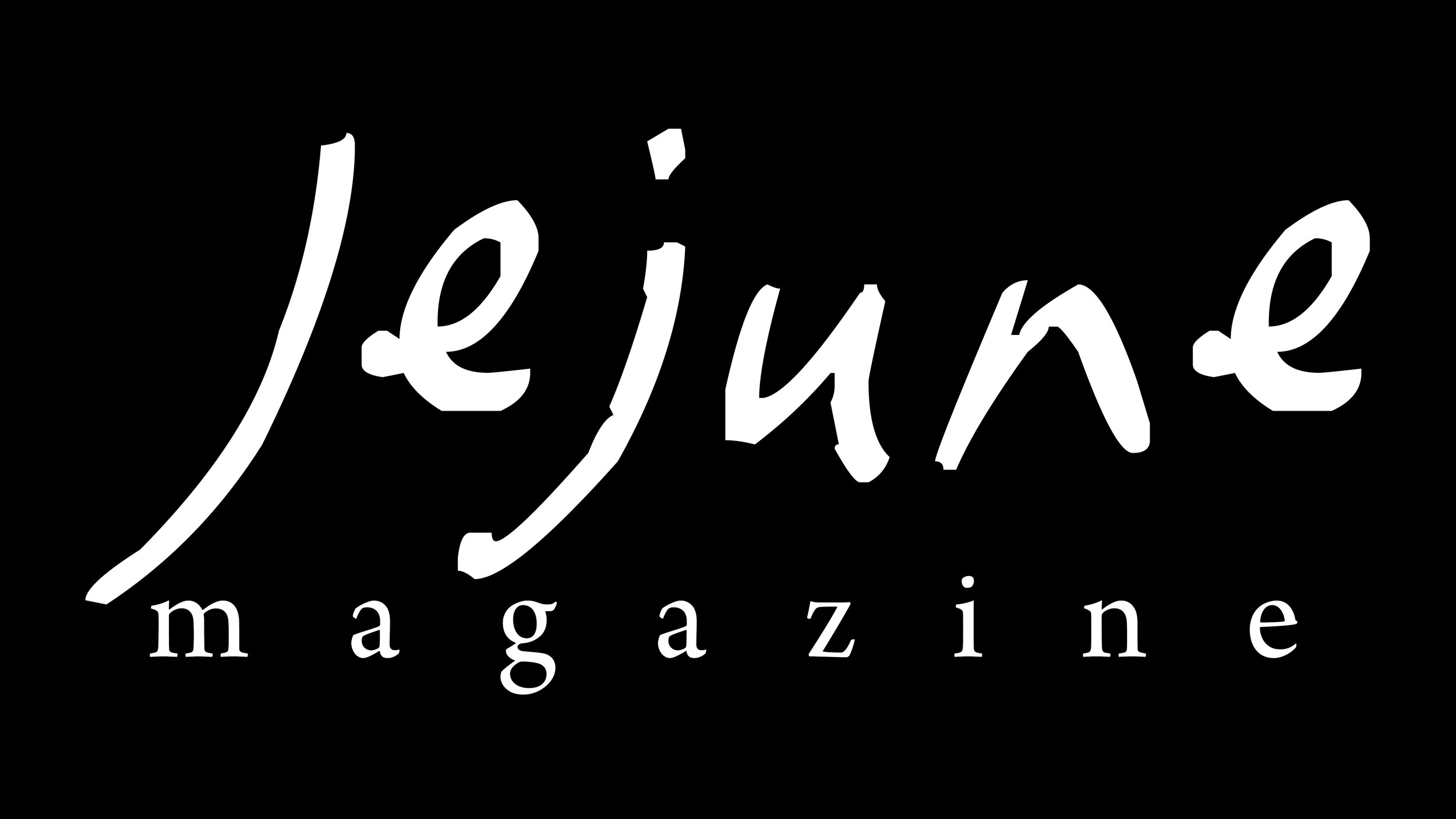Why Wardrobe Choices Matter More in Luxury Dating Environments Than Casual Ones
Wardrobe choices in luxury dating settings hold more weight than many care to admit. Beyond fashion, they play a calculated role, signaling compatibility, social standing, and self-assurance in high-stakes relationship marketplaces. Here's why style is a bigger factor when expectations are heightened.
Communicating Standards and Economic Position
Clothing in luxury dating scenarios often acts as a status marker. High-end brands and quality garments symbolize wealth and an elevated lifestyle. For women, luxury consumption serves an added purpose, acting as a screening tool for mate selection. Research shows this behavior discourages unwanted advances while subtly attracting desirable partners. Without online filters to vet suitors, clothing becomes a way to articulate preferences in person. This dynamic is stronger in settings like upscale parties and elite matchmaking services, where perceivable status carries clout.
Men and women also use their wardrobe to align with the environments they frequent. Upscale circles expect social conformity, with signals of elegance and poise. While authenticity remains important, failing to uphold these unspoken norms can hurt first impressions. Unlike casual dating situations—where sneakers or a relaxed T-shirt might suffice—luxury dating prioritizes a polished appearance.
The Influence of First Impressions
Clothing choices in luxury dating scenarios serve as powerful non-verbal communication tools. Studies indicate that high-end fashion can project confidence, poise, and exclusivity, shaping perceptions within seconds. The understated elegance of a tailored blazer or a designer dress can quickly leave a lasting impact. This focus on luxury aligns with the desire for like-mindedness within elite social circles.
For some, investing in wardrobe upgrades equates to a form of self-care. These thoughtful choices show intention, self-respect, and commitment to the dating process. Small changes in one's presentation can upgrade your relationship in upscale dating contexts, signaling seriousness rather than a blasé attitude.
Quality Over Quantity and the Power of Color Psychology
Building a wardrobe suitable for exclusive settings places an emphasis on quality over excess. Timeless staples like tailored dresses, blazers, and high-quality footwear provide more value and versatility than chasing fleeting trends. Such clothing choices project consistency, discernment, and an appreciation for craftsmanship—admirable traits in elite dating environments. Attention to fabric, fit, and meticulous details enhances these understated self-expression elements.
Interestingly, color psychology plays an essential role. Shades like red or black profoundly influence attraction levels. These tones convey boldness and confidence, elevating appeal in romantic contexts. Studies reveal that men are likelier to spend lavishly on dates with women wearing red, underscoring the psychological impacts of thoughtful wardrobe planning.
The Appeal and Longevity of the Luxury Market
The weight of wardrobe choices in luxury dating extends beyond personal expression and connects to broader economic trends. Luxury fashion remains a robust retail segment, maintaining impressive demand despite economic shifts. Wealthy individuals—and upwardly mobile mid-income groups—continue to fuel the appetite for exclusivity. China's luxury market, which rebounded beyond pre-pandemic levels, exemplifies the global demand for these high-end products. This serves as a reminder that garments by pioneers like Chanel or Gucci function not just as clothing but as symbols of investment.
Affluent daters signal their financial confidence through strategic fashion choices, which directly influence first impressions. With luxury fashion sales projected to grow steadily in the coming year, one thing is clear: Style in this space serves a social strategy as much as an aesthetic.




